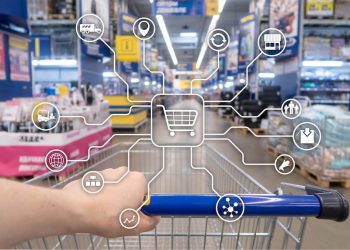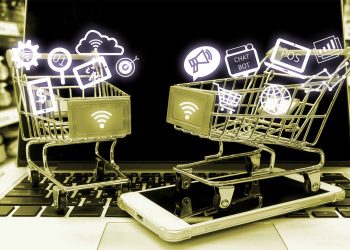Omnichannel in Retail: Flawless Customer Experience
As the digital age of retail starts competing with the brick-and-mortar traffic, the future of retail shows that omnichannel has the potential to create a flawless experience for both online and in-store. Businesses need to accept the new retail fundamentals which are ‘Right Product, Right Place, Right Time, Right Price – Anywhere.’ Today, omnichannel retail is assisting in shaping the consumers shopping experience with its numerous offerings.
Personalized Approach:
Today retailers are focusing on more of personalized approach owing to the fact that the consumers are intrinsically more digitally savvy, and have spent their earliest days on the internet with complete knowledge of avoiding ad blockers. Brands are trying to woo these millennials and advertise to them every chance they can get, not considering the platform. With that said, organic content that articulates specifically to them is a focal point that retailers and consumer packaged brands have found influential.
In-store Experience:
Shopping online permits for consumer insight and product customization. Yet, more in-store experiences need to implement technology to permit buyers to make the same informed decision. The forward-thinking retailers can leverage various touch points on the selling floor. These retailers can increase and develop the physical interactions that customers have while shopping in-store which is a crucial driver behind attracting interested buyers. Earlier this kind of approach was not so much necessary, but with the rise of online competition, the retailers have to understand that the in-store experience should be much more or at least equal to that of the online journey of a consumer. The retailers need to understand that customer get attracted to what they are holding in their hand physically and also getting knowledge about the same in the best way possible.
Enhancing in-store engagement by retailers may be done through a variety of ways:
- including letting customers pick up online orders from their physical location
- For more prominent retailers, if they create a mobile application through which shoppers can scan product barcodes to read online reviews for validation that can take the keep competition a notch up.
- Also offering kiosks or stationed tablets through which customers can access the retailer’s online catalog can help in increasing sales and boost their trust.
Augmented Reality:
As technology advances, retailers are looking towards these innovations to build-up the foundation of their omnichannel approach. Augmented reality is the technology that has demonstrated to become the critical tool for merchants looking to connect with new shoppers through both channels. One more important reason that cannot be overseen is the abandonment of carts and return of products which is a direct factor related to less consumer confidence or trust. But, augmented reality can assist the retailers in bridging this gap by giving the consumer the information which they need that other tools may lack in. Brands are also enabling augmented reality images on the outside of their products to ease a shopper’s curiosity, scanning the same shoppers can see what is inside that is being offered to them and that can lead to less speculation.
Automated Kiosks:
This is another step towards implementing technology in retail, through automated kiosks that the brick-and-mortar retailers can install to attract more customers. For example, Lego has implemented AR-powered kiosks where consumers can use these kiosks to scan the box of the Lego they are holding or considering to purchase and show the children how the finished product will look like in a 3Dimensional setup.
It is pertinent to mention that the omnichannel strategy a retailer implements could be the single most crucial aspect of their business development over the next few years. In this era of changing retail scenarios, it needs to be noted that brands must be agile when it comes to supporting customers’ purchasing, navigation and fulfillment activities across a brand’s channels. Adopting a customer-centric strategy that points specifically on how consumer demand impacts inventory movement can help retailers go a long way.








